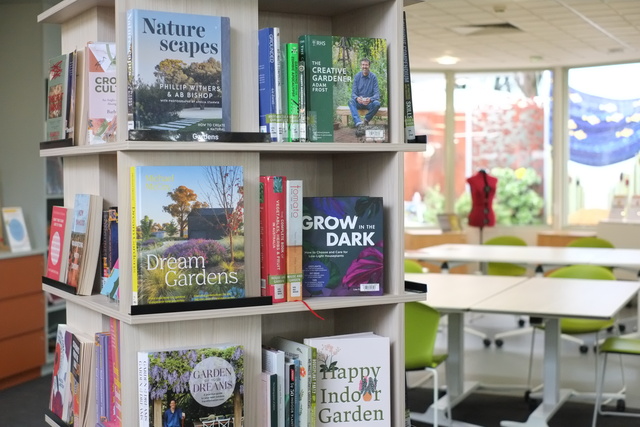New Pin-Oak trees are scheduled to grace the streets of Kallista after the removal of several wide-canopied oaks due to structural faults posing a risk to the community.
Following the launch of an online petition that saw 288 Kallista residents request for the oak trees to be renewed, a meeting was held on 26 February with the tree team from the Yarra Ranges Council and a small group of Kallista’s traders where the matter of the trees was decided.
Advocate for the Kallista Flood Watch Community Group, Karen Kestigian said, “I was quite surprised at the number of people who contacted me wanting to support the oak trees.”
“I spoke firstly to Councillor [Johanna] Skelton… and later to Daniela De Martino who fully endorsed the whole idea of the trees coming back,” Ms Kestigian said.
“We then launched an online petition and there was a lot of discussion around putting oak trees back without having the large canopies causing problems.”
The original oak trees were planted in 1933 and are thought to be a part of an avenue of honour, dedicated to the fallen from Kallista as was the tradition for many Australian towns during that time period.
Ms Kestigian said, “although it may not necessarily have been a formalised avenue of honour, it was regarded that way and the trees are and were heritage listed.”
“Many of the residents were quite disturbed at the fact that three of the oaks had gone.”
“So many people remember those oak trees and it would be a shame if they weren’t restored,” Ms Kestigian said.
The Pin Oak planting will take place in winter and the stumps of the former oak trees will be removed over the next few months.
Ms Kestigian said, “People grow up with these trees and as a result, that is a part of our landscape. With Kallista being an old settlement, there is a great sense of pride and a great sense of beauty in the minds of the residents around these trees.”
“It’s a very comforting thing to see a tree that goes through the seasons and that is a big comfort to the people of Kallista. The trees are a part of our landscape and are noted by the people who visit,” Ms Kestigian said.
The new Pin Oak trees are cone-shaped and fast growing.
Ms Kestigian said, “the good thing about them is that they don’t drop their leaves in autumn, they go through the winter period with the leaves that have changed colour and then as spring is coming in, they lose those leaves and the green ones come on.”
“We’ve got the red oaks in Kallista too which drop just before winter so these Pin Oaks trees mean that we’re not going to have a huge problem with the falling leaves because there are two periods which I think is a very good consideration,” Ms Kestigian said.
Oaks were the tree of choice for early stage Victorian towns as their big canopies cool the roads and the tree itself lasts for over one hundred years.
Ms Kestigian said, “the trees become like centuries to the whole area. They are sentinels that look after the road and also the community.”
“There was a lot of passion around getting the oak trees back and when we actually announced that the oak trees were coming back, the feedback was unbelievable, people were so happy about it.”
“Because Kallista is a nice little village and is quite historic it is just a lovely feeling that we can conserve and preserve that sense of history and that sense of beauty,” Ms Kestigian said.







